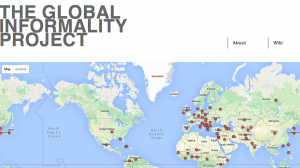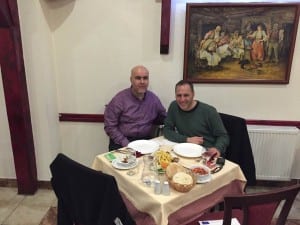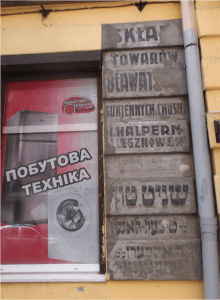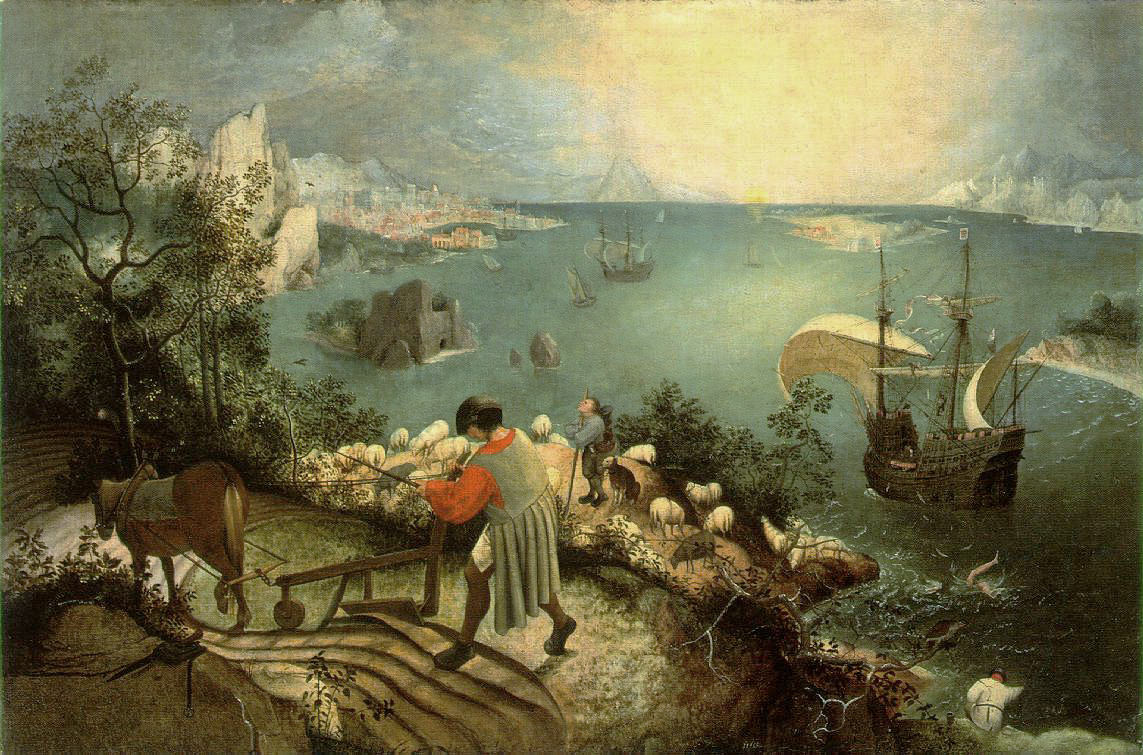In our third Fringe Centre blog, Alena Ledeneva of UCL SSEES discusses invisibility and informality.
In the beginning was … blat. The colloquial Russian word blat, best remembered as Bacon, Lettuce And Tomato, and just as common as BLT, refers to practices of getting things done through personal contacts. It was the knowhow of survival in the Soviet Union, totally invisible for outsiders but vital. The idiom ‘po blatu’ (‘through acquaintances’) was colloquially widely used but banned from official discourse. It certainly does not feature in any of the editions of the Great Soviet Encyclopaedia. As Joseph Berliner, the pioneer of the Harvard Interviewing Project, observed: ‘If we were totally reliant on the written sources of the Soviet society, we might hardly have guessed the importance of blat’ (Berliner 1957: 184). Just like most economies of favours – guanxi in China, jeitinho in Brazil, kombinacja in Poland, pituto in Chile, veze and vruzki in South Europe, wasta in the Middle East and torpil in Turkey, invisible for outsiders but common in their own societies – blat practices are associated with sociability, i.e. the use of personal contacts or networks, but also serve the instrumental purpose of gaining influence or accessing limited resources.

The Global Informality Project, led by the UCL School of Slavonic and East European Studies and the UCL IAS FRINGE Centre, provides the first multimedia online resource that explores such informal practices and local knowledge in a global perspective. Quite literally, we put local ‘ways of getting things done’, understood by insiders but invisible for outsiders, on the map, and develop a global collection of authored contributions, including ethnographic investigations, socio-economic analyses, historical expositions etc, and also provide visual images that are representative of informal practices. We also aim to establish informal patterns that elude discipline-based method and area studies focus. The project plan includes the online version of the Global Encyclopaedia of Informality, the World Map of Informality, open access publications and FRINGE workshops.
(more…)
 Close
Close







